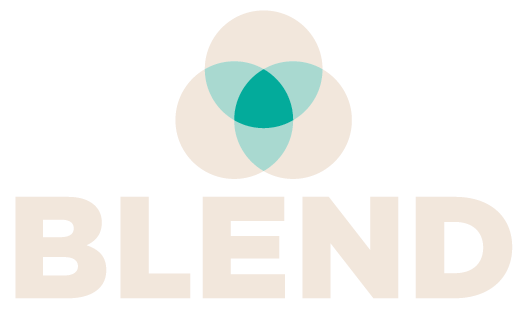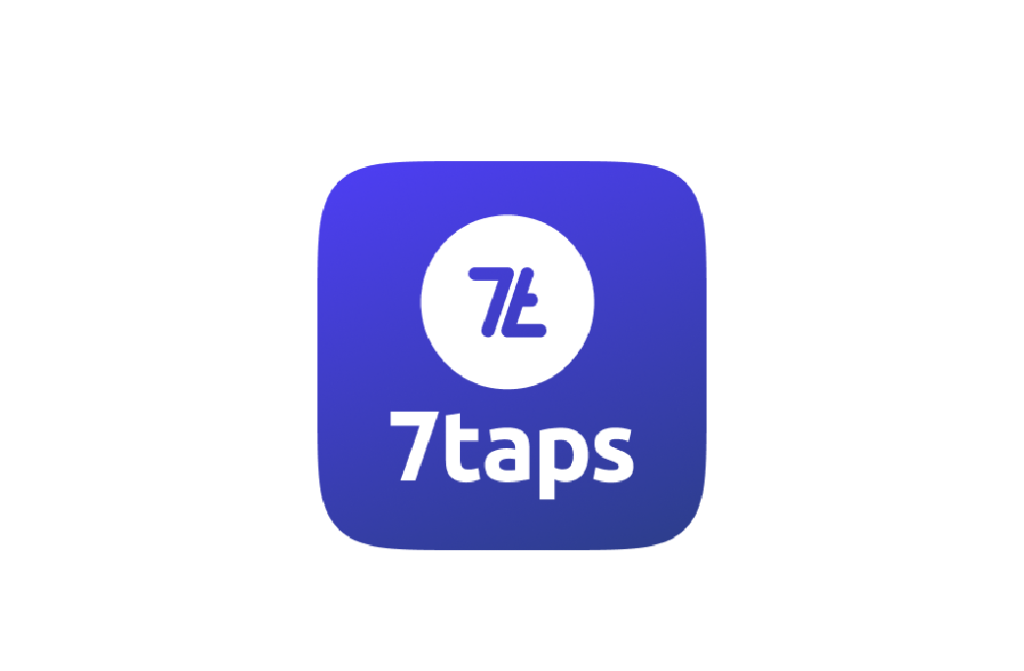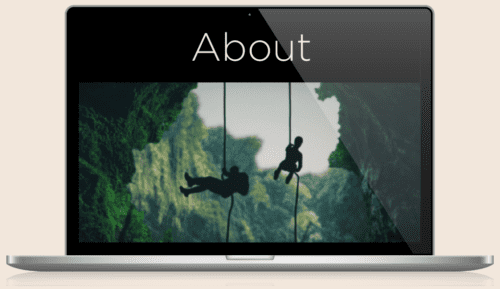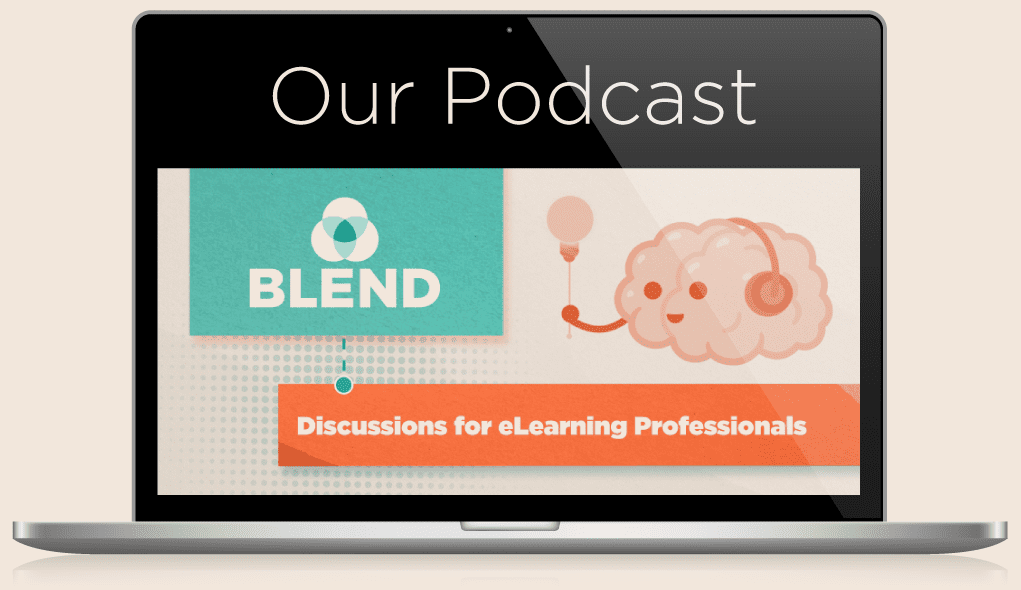Productivity Training - Design Studio
Breaking down complex and abstract problems into manageable bite-size tasks using design thinking.
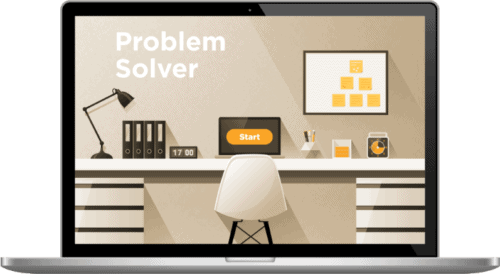
Expand the project details below
This client was a medium-sized design studio that required a boost in productivity for staff, which would directly save time, resources and ultimately costs.
The learning objective was to increase workplace efficiency through addressing procrastination, with the user profile being an employee looking to boost their productivity at work to save time and resources.
This fed into the learning goals of: How to identify key challenges? How to generate solutions? How to prioritise? We knew the best way to tackle this project was to do something a bit different.
During the analysis stage we arrived at the problem statement: Decision paralysis causing productivity decreases in business.
There being a lack of interactive training to practically address procrastination. Our research showed that scaffolded micro-learning would aid the user by breaking down the problem.
Using a modern design-thinking approach we build micro-learning steps that enabled staff to make decisions more effectively, freeing up time for paid client work.
We wanted to try and create a process that helped users break down their problems in a way that integrated personalisation, learning design and design thinking. This was always in the back of our mind and informed us from the discovery phase.
Once we did the development stage user testing showed that time-phased activities forced task prioritisation. Once we implemented the project we saw that the user completed the action steps designed effectively.
The visual style and UX was created through Articulate Storyline and Adobe Creative Suite.
Data was collected through the LMS and there was a measurable increase in productivity for users leading to cost savings for business after internal and external evaluation. This aligned with the research we found that Revenue generated per employee is 26% higher for companies that offer training using technology, including eLearning.
84% of users felt they had learnt and understood more because the Problem Solver was interactive. We were super proud of create a piece of interactive online learning that was engaging and useful for users.
Behind the scenes
Scroll through our design process...







We built an open framework so the learner could personalise the problem, and a modular user guide as they followed along the design thinking framework.
